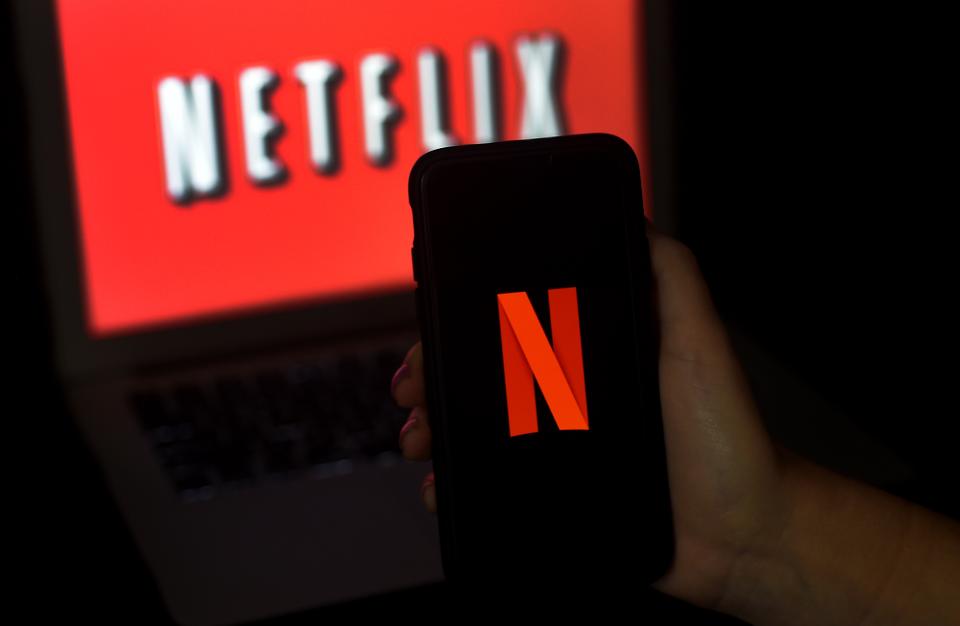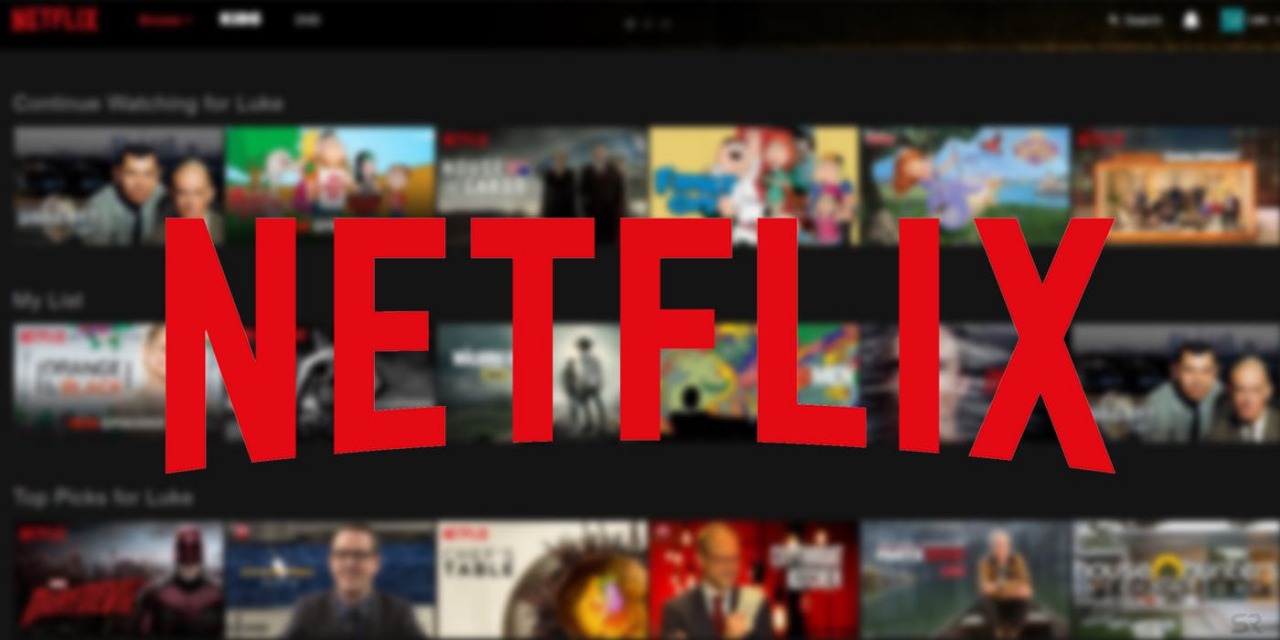In the modern era, nothing has taken over the world successfully, like Netflix. The online video streaming service provider has become a household name with its timeless branding, expanding slate of Originals, and a global expansion well underway. The concept of Netflix was originated when the CEO Reed Hastings was charged a $40 late fee by Blockbuster for an Apollo 13 copy.
Established back in 1997 in Scotts Valley, California, today, it has over 182 million paid subscribers, including 69 million in the United States alone. It is available worldwide, except Mainland China, Iran, Syria, North Korea, and Crimea. The company also has offices in Brazil, the Netherlands, India, Japan, and South Korea.
However, there have been controversies about the original concept of Netflix, but that does not affect the current success rate of the company. Do you know Netflix was not always used to be like what it is today? It was only after 2007; when Netflix started on the online streaming business.
The Initial Model
Initially, the concept of Netflix was based on renting the DVDs, which was introduced in the early days and was also in the trend. It used to work on a rental model,i.e., anyone interested in the video could order the DVDs, and the company used to mail it to their house via US Mail along with a prepaid return envelope. As one disc used to be distributed across customers, so many claimed about scratched discs due to mishandling by previous users.
The Subscription-Based Model
The next model, which was adapted by Netflix was subscription-based. As per this model, customers could select from the various plans available. A user can rent a specific number of DVDs at a time over a month, at no extra cost as per their policy. This model was a massive success as a user could keep DVDs with them till the time they are paying for the subscription.
Check the Netflix Subscription Plans Here
With the adoption of a subscription-based model, Netflix became a lot more popular. Hence, they started working on providing features like personalized movie recommendation system, which was widely loved by users as selecting a movie to watch was among one of the difficult tasks.
They announced an IPO and went Public in 2002 with a user base of around 600,000. Netflix crossed over 1 Million subscribers in 2003.
The major turning point came in 2007 when Netflix introduced online streaming services, which allowed members to watch television and movies instantly on their personal computers. It started collaborating with consumer electronic companies like Xbox, Blu Ray Disk players, and others to compete with emerging competitors like Hulu.
Netflix started its expansion outside US borders in 2010, covering many nations each year, since then they have been expanding their global network. By 2016, Netflix was available worldwide.
There have been many reasons behind the success of Netflix, out of which one, of course, is a unique business model, reducing expenses and providing better services with the use of modern technology.
Check the Annual Financial Report of Netflix here: Q1 2020 Financial Report
Competitive advantage in the Marketing strategy of Netflix
Using Data at their fingertips
There are no lucky guesses or intuitive based content that make Netflix successful.
Before it started producing original content, the streaming service already had tons of data to work with from looking at their customers” habits. This included how people watch TV and movies, what they like to watch, and when they prefer to watch.
This was undeniably a massive advantage for them.
The simplicity of User Interface
Perfecting the user experience has been the priority for Netflix over the years. The most straightforward interface available on all platforms, such as the smartphone, tablet, laptop, or TV, is one of the significant distinguishing factors for the brand.
Talking specifically about the Netflix App:
- It’s’s clean, readable, and stylish.
- It’s’s tailored for users.
- It highlights the content, especially the original content.
- It helps you find what to watch with mini trailers, descriptions, and screenshots – which primarily sells the content.

So, Netflix doesn’t just nail content; they also nail how that content is served to its customers.
Content is king
Netflix isn’t throwing together some cut-rate videos and hoping for the best. Billions of dollars are being spent on content production, bringing top-shelf writers, directors, and actors to provide with their best of work. In 2011, Netflix announced that they were funding the creation of a political drama series entitled “House of Cards,” With a production budget of $50 million and Hollywood actors starring, including Kevin Spacey. Netflix realized the importance of having its high-quality content to gain a competitive advantage.
Netflix now is perceived as a high-quality entertainment platform similar to what HBO used to be a few years back in the golden age of premium cable networks. Part of Netflix’s success is the quality of their shows. They keep putting out the binge-worthy, good stuff.
Brand equity in the Marketing strategy of Netflix and the Market Analysis
Netflix has climbed 31 places from last year to reach 61st place Brand Z’s top 100 list. The brand has grown 73% in brand value from 2017 to $20.8 billion. Over the years, Netflix has projected itself as an innovator in the entertainment industry. Having a unique brand value of $5.6 billion, the subscribers’ world over seems to be growing exponentially.
With the internet penetration and smartphone market growing exponentially, the market seems to be in a healthy state. It holds a promising future as there is a pool of untapped markets in underdeveloped and developing countries.
Also Read: The Walt Disney Company – A Conglomerate Beyond Mickey Mouse And Marvel Studios
Branding Strategy
For starters, Netflix has a distinct brand voice that fits with the audience they cater to and the content they create.
The humor is a little dry, a lot witty, and plenty snarky. The key, though, is that it’s’s consistent across all their social channels. Netflix also promotes its content in a compelling way. They regularly post videos to Facebook with mini trailers of their newest or upcoming releases.
The result is they’re a fun company to follow. They engage and promote in equal measure while retaining their brand voice, which helps boost their overall success.
Indian Market
Talking about India, the factors like the government emphasis on Digital India, rural penetration of the Internet, and data revolution by Jio has resulted in a drastic increase in the watch time per month in our country. To remain competitive in the Indian market, Netflix has already co-produced a TV Series named Sacred Games in partnership with a well-known brand like Phantom Films. To further penetrate the Indian Market, the company has planned to expand its portfolio by including contents in the regional language like Marathi, Punjabi, Tamil, Bengali, and Gujarati.
There are not many cool companies like Netflix. Be it it’s content, branding, marketing, business model, everything is on the point. But there is rising competition from the likes of Amazon Prime, Disney+ Hotstar, and many regional players like Alt Balaji and Voot. Will Netflix able to maintain its supremacy in the market? It will be an exciting show to binge-watch.
Till then,
To read more content like this, Subscribe to our newsletter.

